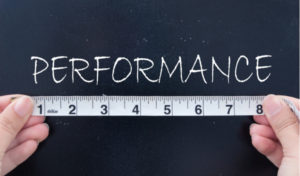
When you measure performance in your portfolio, are you getting the right picture? If you are like most investors, the answer is no. Here is what I wrote in December 2013 about how you should be measuring performance:
Cycles and Investment Success
Understanding cycles is vital to your long-term investment success. Most folk intuitively understand that the economy and the financial markets go through cycles. The economy expands and then it contracts, the stock market rises and falls, interest rates go up and they go down. Cycles just come with the territory in a free market economy, but when it comes to evaluating investment performance, too many investors behave as if cycles don’t exist. The mutual funds and investment managers who have earned the highest returns over a given period of time, whether it is three years or five years, gather the largest share of investors’ assets.
Three or five years may seem as though it is long enough to evaluate investment performance, but it is not. The proper way to evaluate investment performance is to measure over a full market cycle. Why? Because just as the economy and the broader stock market go through cycles, so too do investment strategies. More aggressive investment strategies are likely to outperform in up markets, but they are also likely to trail badly in down markets. The opposite is true of a more defensive strategy.
Originally posted on Young’s World Money Forecast.




